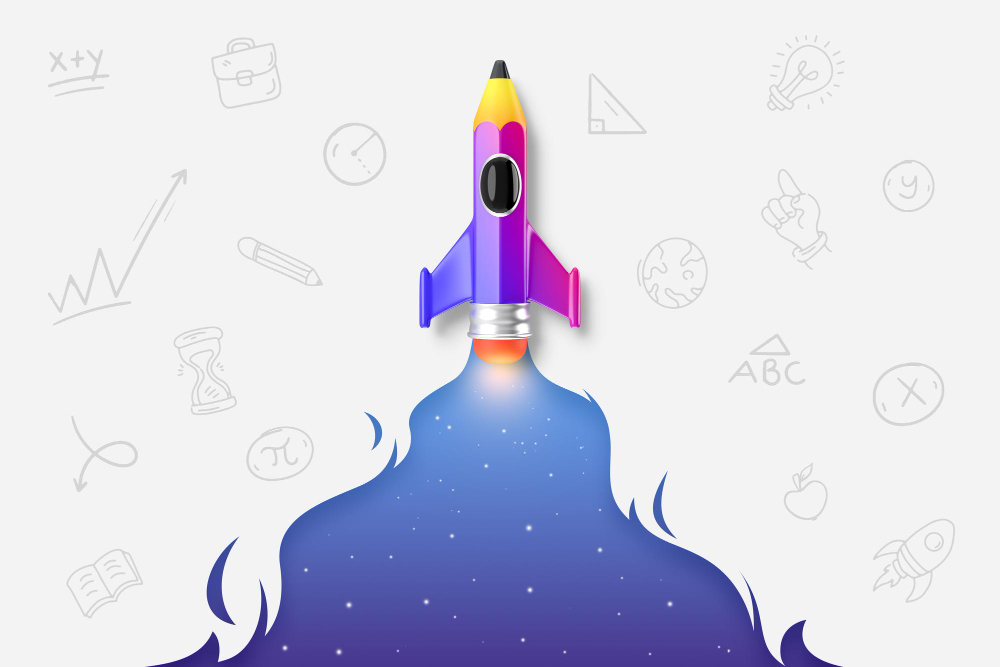Chandrayaan 2, India’s lunar exploration mission, employed a systematic and user-centric approach, aligning with UX design principles. It emphasized research, iterative development, and collaboration, demonstrating shared principles despite different contexts.
Chandrayaan 2, the Indian lunar exploration mission, may not be directly associated with traditional UX (User Experience) design methods in the digital sense. However, it followed a systematic and user-centric approach in its planning and execution, aligning with some principles of UX design.
Approaching Mission Success: Chandrayaan 2 UX Design Plan
While there is no concrete information available about the specific UX (User Experience) design plan for Chandrayaan 2, I can speculate on how a UX design plan might have been approached for a mission like this:
Chandrayaan 2 followed UX design methods
1. User Analysis
Identifying the various stakeholders involved in the mission, such as scientists, engineers, mission control operators, and the general public interested in space exploration.
2. User Goals and Needs
Understanding the goals and needs of each stakeholder group. Scientists might require real-time data visualization, engineers might need system status updates, and the public might seek easily digestible mission updates.
3. Information Architecture
Organizing the vast amount of information and data generated by the mission in a logical and easily accessible structure.
4. Wireframing and Prototyping
Creating wireframes and prototypes for interfaces that will be used to monitor the spacecraft, analyze data, and provide updates. These prototypes help in visualizing the layout and functionality.
5. Visual Design
Developing a visual identity for the mission’s interfaces, including color schemes, typography, and icons. The design should be intuitive and consistent.

6. Responsive Design
Ensuring that the interfaces can be accessed and used across different devices, from mission control computers to mobile devices.
7. Data Visualization
Designing visualizations that effectively communicate complex scientific data in a clear and understandable manner. Graphs, charts, and maps could be used.
8. Real-time Monitoring
Designing interfaces that allow real-time monitoring of the spacecraft’s status, trajectory, and various instruments.
9. Alerts and Notifications
Designing systems that provide timely alerts and notifications in case of anomalies or critical events.
10. User Training and Support
Providing training materials and resources to help users navigate and utilize the interfaces effectively. Also, offering support channels for any technical issues.
11. Accessibility
Ensuring that the interfaces are accessible to users with disabilities, adhering to accessibility standards.
12. Testing and Iteration
Conducting usability testing with representative users to identify any issues or areas of improvement. Iterating on the design based on feedback.
13. Security
Incorporating security measures to safeguard mission-critical data and prevent unauthorized access.
14. Collaboration
Designing interfaces that facilitate collaboration and information sharing among team members.
While the context and objectives differ, the underlying principles of careful planning, user consideration, iterative development, and collaboration are common to both Chandrayaan 2 and UX design.
Remember, this is a hypothetical overview based on UX design principles. The actual UX design plan for Chandrayaan 2 would have been developed by a team of designers, engineers, and scientists with a deep understanding of the mission’s goals and requirements.




